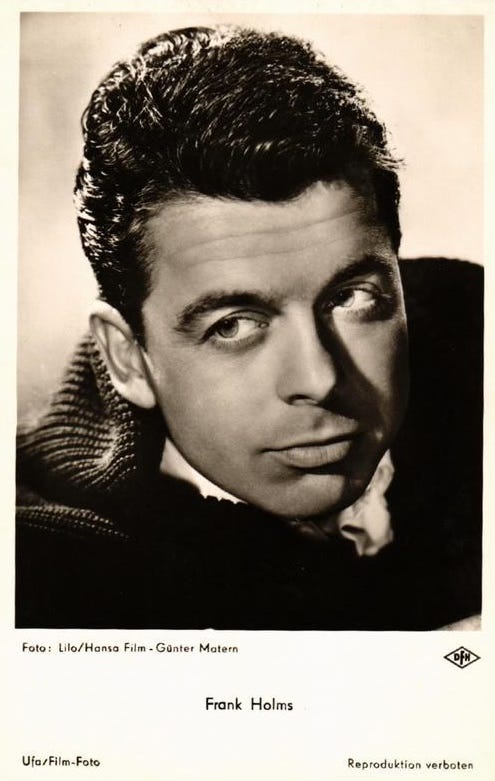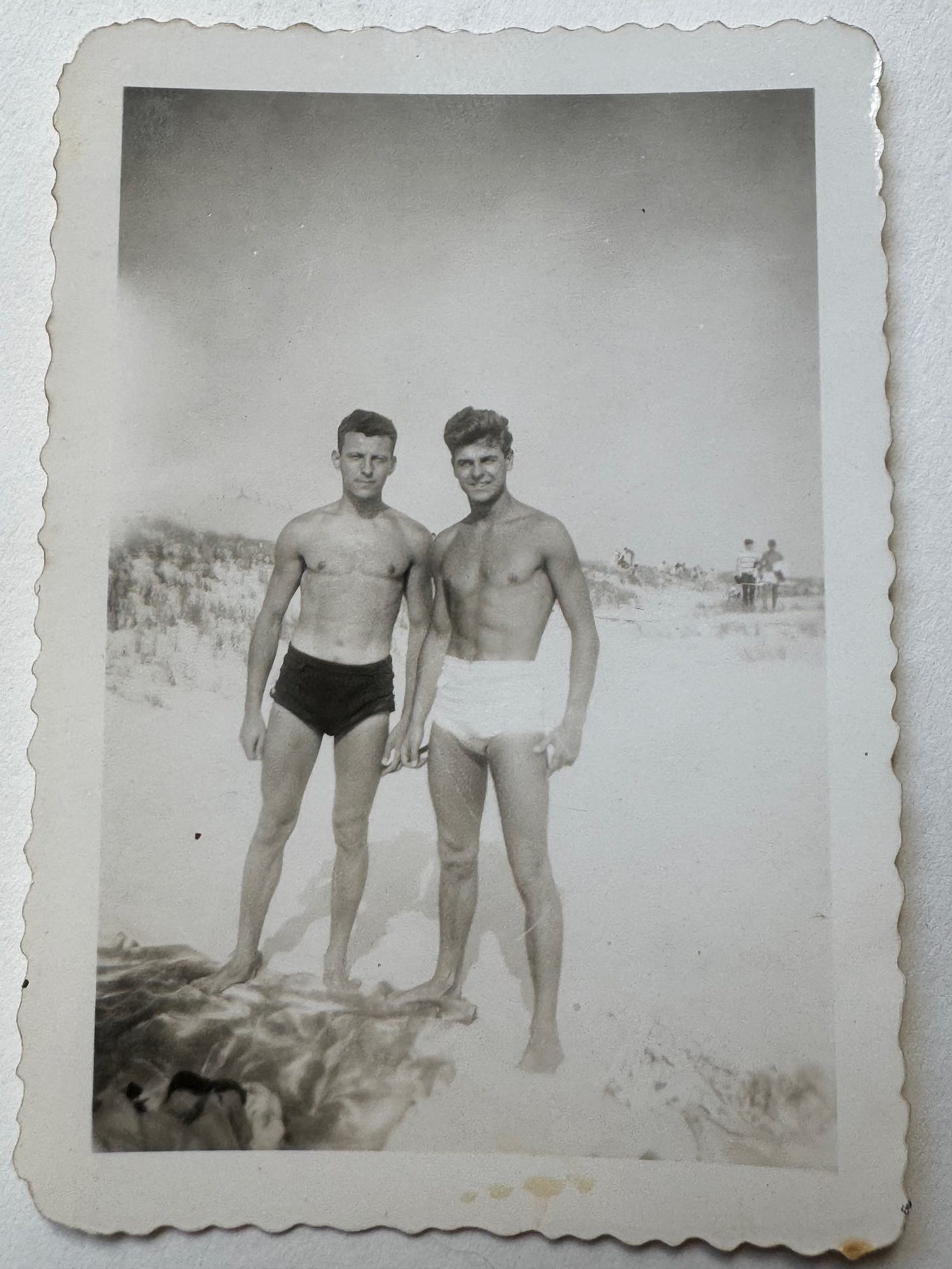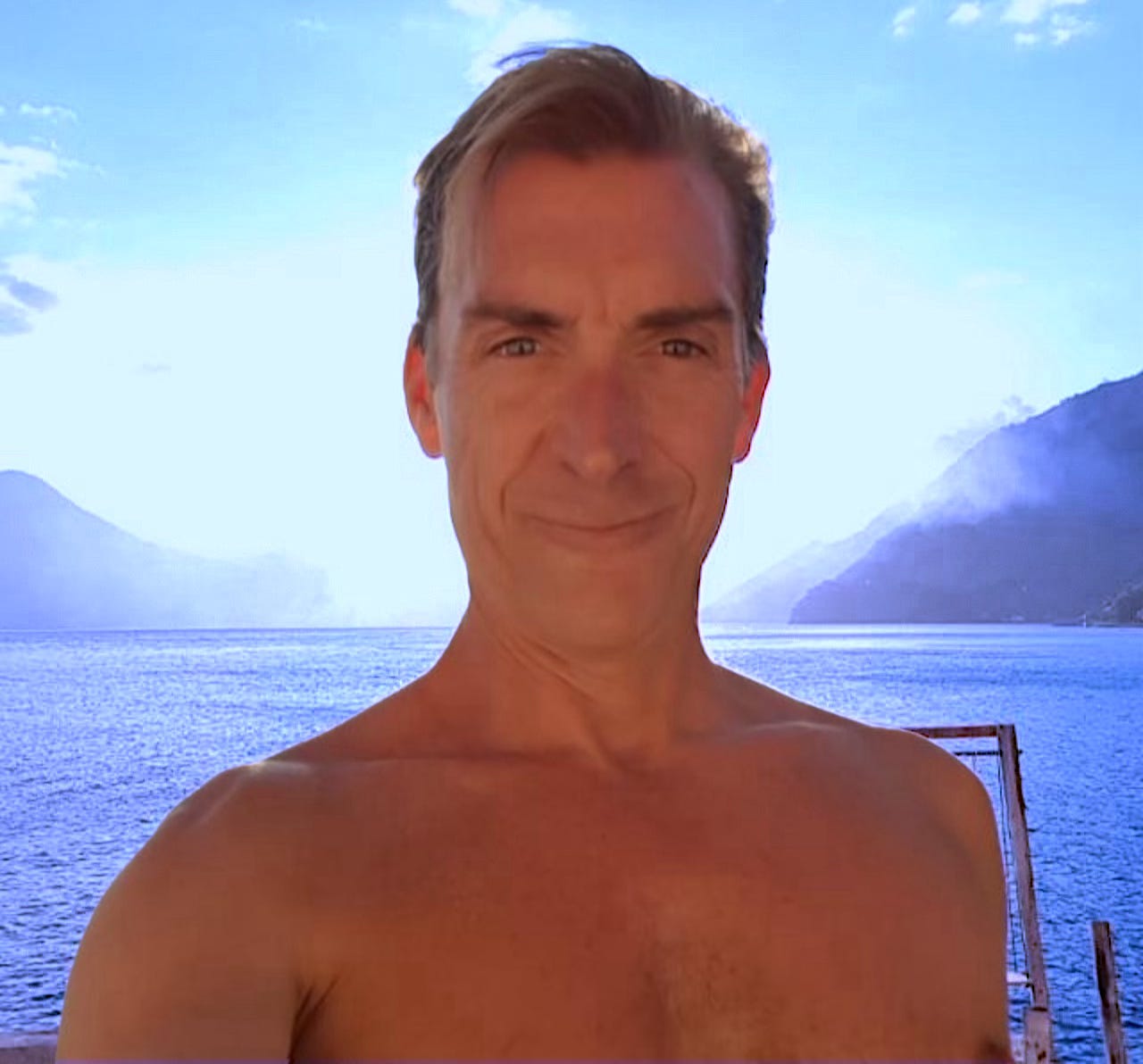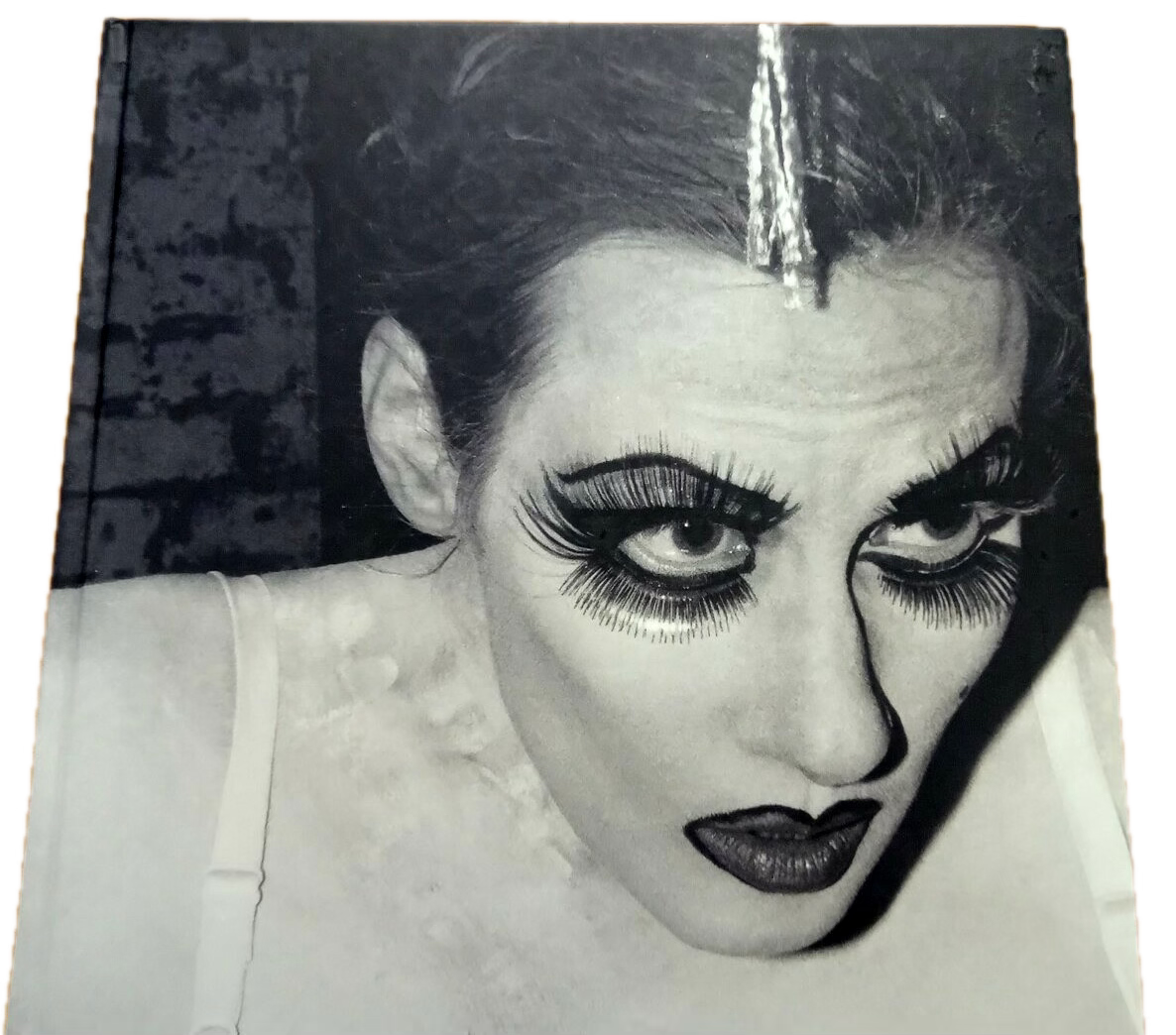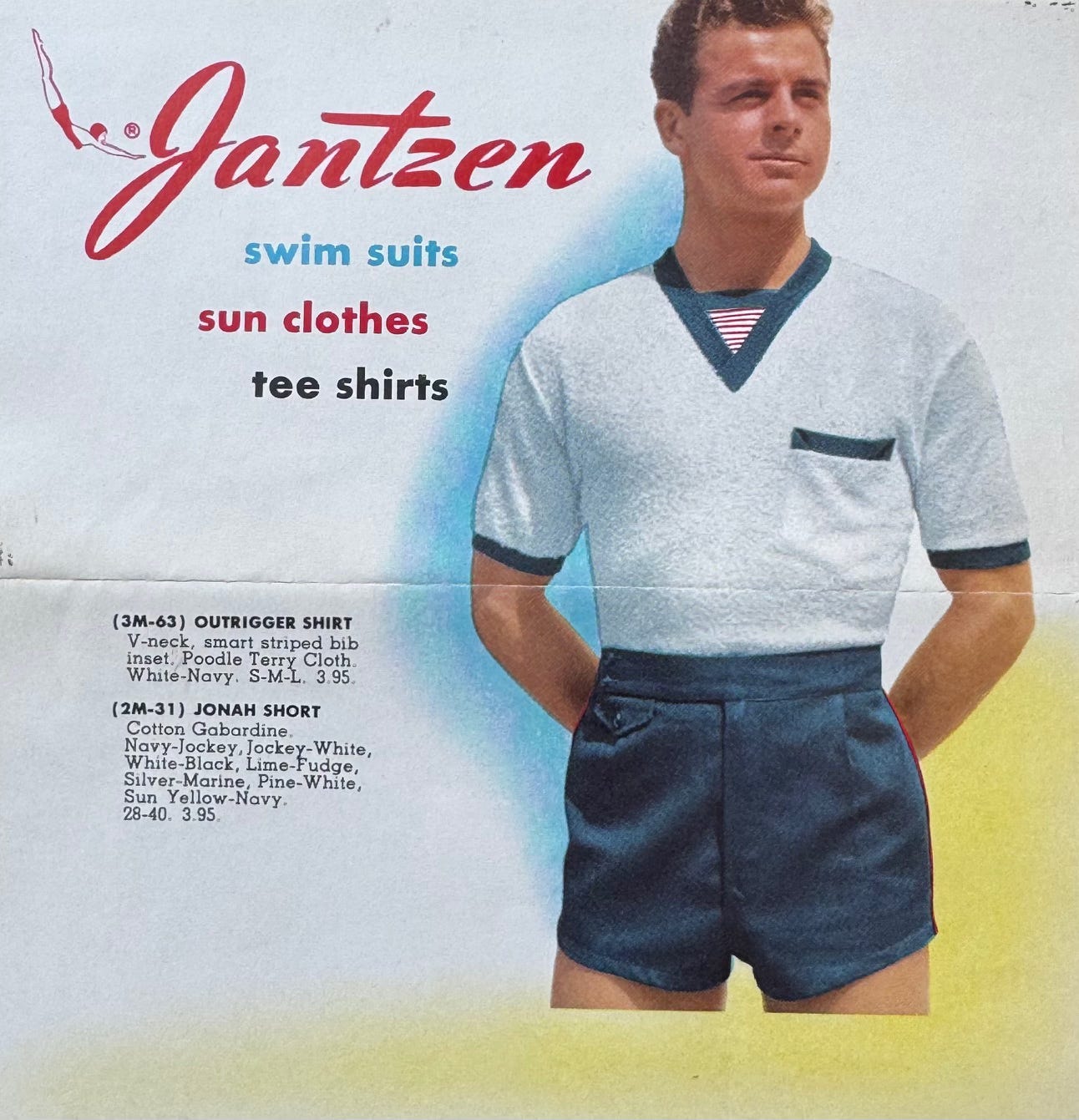Frank Diernhammer: The Man That (Almost) Got Away
Travis Hutchison talks about the Hollywood photographer whose best (and queerest) work was not granted life until its creator died — and could have wound up discarded
November 21, 2025
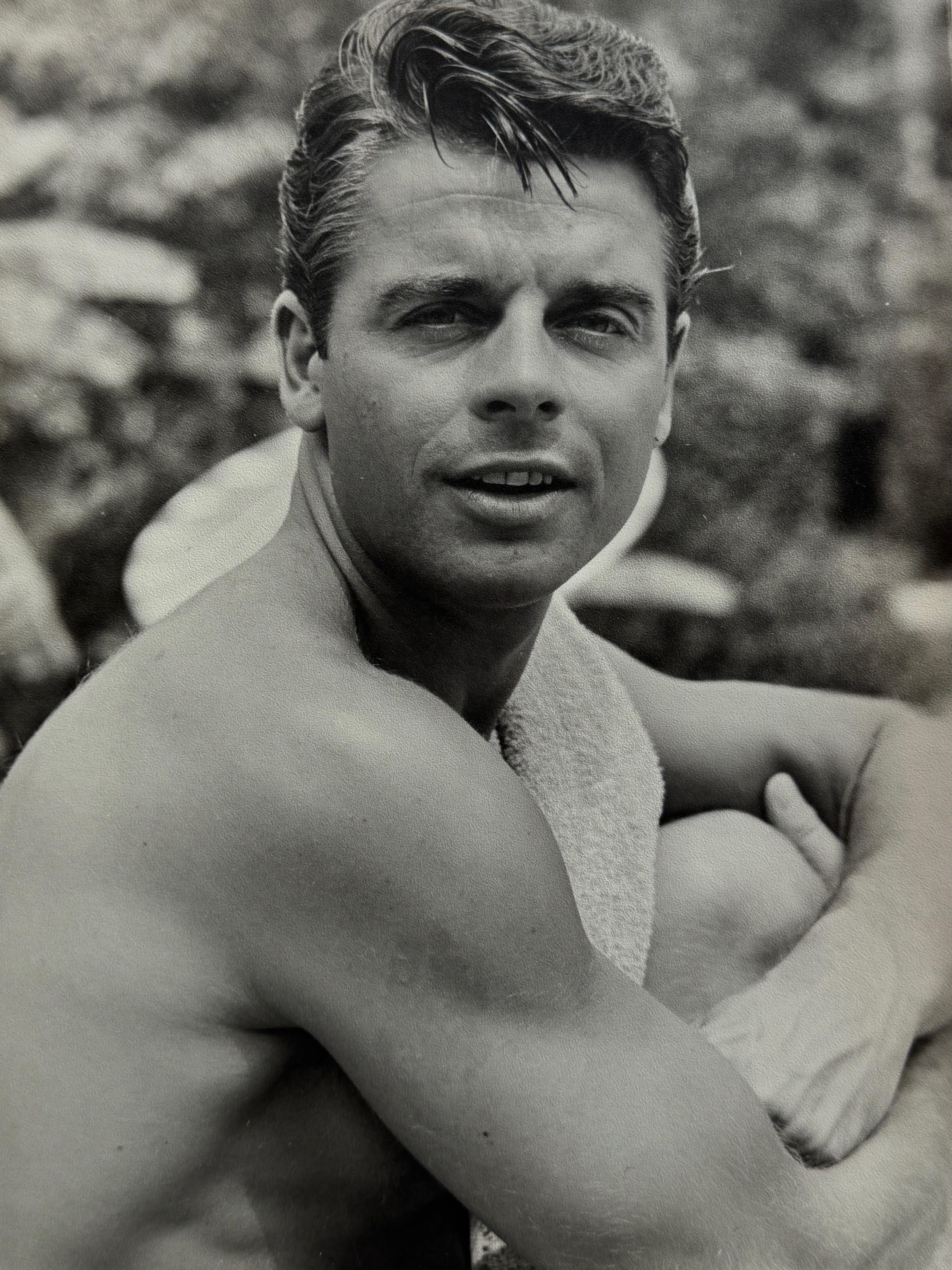
Travis Hutchison is an accomplished photographer and an image junkie with a refined eye, so he knew when he looked at the Super 8 frames and vintage prints in a friend’s garage that he was staring at not only a snapshot in time, but at one man’s artfully framed gay aesthetic.
It all began with a simple question: “Are you interested in 8mm films?” Within minutes. Hutchison was confronted with what was about to become a major life endeavor — making public the private legacy of the late photographer Frank Diernhammer.
“When I played the first film, it was Joe Dallesandro by Bob Mizer. I couldn’t believe it,” Hutchison recalls. “He said, ‘Well, if you’re interested in this, there’s a bunch of photographs out in the garage.’”
“We went out and I just opened the box and there’s Katharine Hepburn, and there’s all these beautiful men. I said, ‘What is this?’”
What it turned out to be was the life’s work of Diernhammer, who for decades shot celebrities, including on film sets and at his home, but who had privately built up an oeuvre of thousands of images of men in the tradition of the physique photography of the ‘40s and ‘50s.
Diernhammer, who died at 90 in 2019, never had an exhibition in his lifetime, but that’s all changed thanks to Hutchison, who has mounted a riveting show at CLAMP, New York that is up until December 20.

Frank Diernhammer | Hollywood Nudes: 1950s-1970s, curated by Hutchison, will grab you by the eyeballs with vintage prints of winsome disco-era twinks, new blow-ups of clone cowboys, inventive snaps of prolific beefcake models like Gary Seegar and even some porn-stud poses by the likes of Colt Man Toby.

The “Hollywood” part enters via a stunning piece of film of one of director George Cukor’s legendary all-male pool parties — never before seen, natch — that could be entitled Les Boys, David Cop-a-Feel or Little Men. And Diernhammer had the brass balls to shoot himself and a partner having three-ways back when that would have landed them in jail, one of them including the recently departed love of Rock Hudson’s life, Lee Garlington (1937-2023).
Diernhammer’s contacts are full-contact.
It would be hard to make uninteresting images of gorgeous guys, but I agree with Hutchison that Diernhammer was working at a very high level. Technically proficient, he had a bit of the eye of a George Platt Lynes, more so than the hits-the-spot prurient drive of the great porn shooters. His work deserves a second life — a first, really, since it has spent its existence in cardboard boxes one flood or fire away from extinction.
Hutchison spoke with me from his home in Guatemala about Diernhammer, the Vivian Maier of male nudes.
Tell me a bit about your own background before we get into Frank’s.
TRAVIS: I went to Otis Parsons, studied fine art and photography for college. Then when I graduated there, I moved to New York City, worked for a couple of years. I had started doing photography there and took off right away. I was in a show at Exit Art, had something in Artforum, worked at the Costume Institute at the Metropolitan and did displays at Bergdorf’s and Tiffany’s. Then I met somebody in Berlin, and so I moved to Berlin and lived there for about four years.
Then, when that relationship was done, I moved to Paris, and I lived there for about 10, 12 years. I published a book of my East Village photography called Worship.
I started working freelance, doing art direction for Lacoste. That’s when I got this place in Guatemala, just as a vacation home at first. Now I spend most of my time here.
Your life sounds glamorous.
TRAVIS: It’s been pretty fun.
Are you mostly working on design now? Do you still do a lot of your own photography?
TRAVIS: I have always worked in the creative realm. At the Costume Institute, I started doing the wigs for, we call them “wigs,” but the headpieces for the mannequins — it’s the one thing that animates the whole silhouette. I’ve continued doing that in Los Angeles, and lately, I’ve been doing that for Netflix because costumes has become such a big thing for the studios and for promoting a film. I started doing virtual reality, made a few VR experiences with photographers — Mick Rock and his David Bowie pictures of Stardust, Billy Name with Andy Warhol’s Silver Factory, Kenny Scharff.
I was in L.A. a lot and hanging out with my friend David. I’ve known him for quite a while. It was out of the blue when he asked if I was interested in 8mm films.
I have had a projector my whole life that I’ve never had films to show. And he pulls open this drawer and there’s 50 of them in there. I was like, “What is this?” And he’s like, “Oh, these are all gay porns from the ‘60s and ‘70s.”
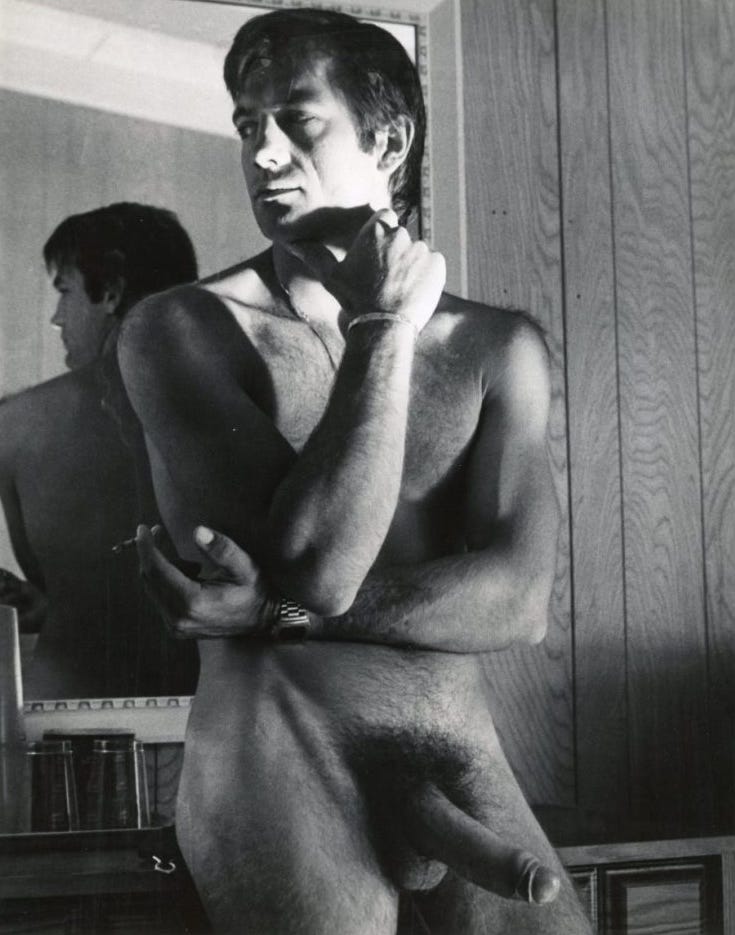
There is gay porn, and then there is gay porn — the stuff he had was original material by Frank.
TRAVIS: Right. He said, “I know you’re the creative person who could deal with this …I’ll give everything to you.” I said, “Alright, well, I’ll take this on.”
How does David feel about the exhibition?
TRAVIS: He’s so thrilled. He didn’t make it to the exhibition, but he’s so thrilled that I’m keeping my word that I wanted to promote Frank and show him. Do something with it. This had to be done. Somebody else said they wanted it before I got there, and he didn’t do anything with it and was never going to do anything with it, and it just was going to be lost or thrown out or whatever.
